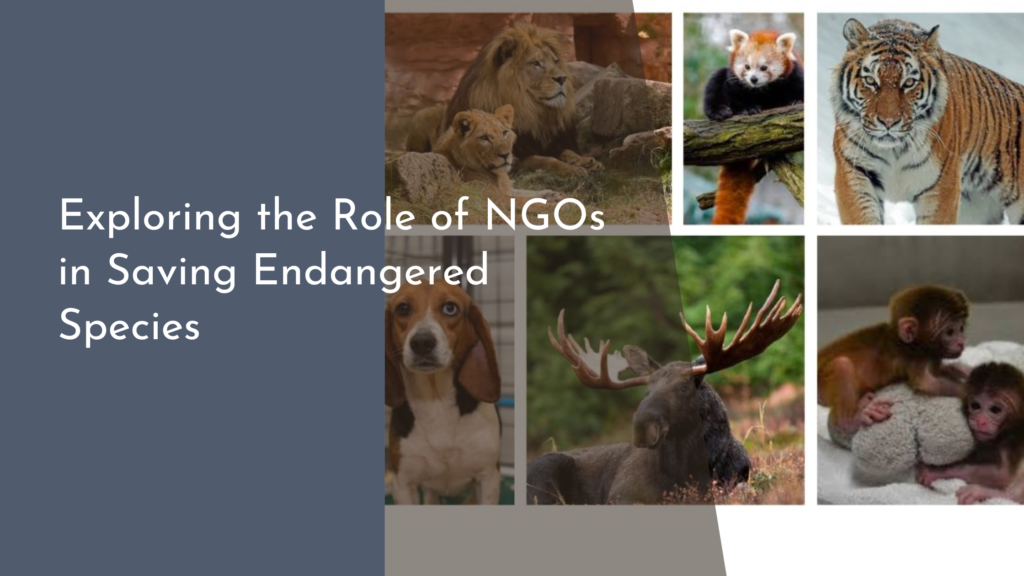The ethics of drone-based wildlife monitoring
As technology continues to advance, drones have emerged as a pivotal tool in the field of wildlife conservation. These unmanned aerial vehicles offer a unique perspective on animal populations, habitat health, and environmental changes, making it easier for researchers and conservationists to gather and analyze data. However, the integration of drones into wildlife monitoring also raises important ethical questions that must be carefully considered. This article explores the multifaceted role of drones in wildlife conservation, balancing their benefits against ethical concerns while highlighting the positive impact they can have on communities and research transparency.
Exploring the Benefits of Drones in Wildlife Conservation
Drones have revolutionized wildlife monitoring by providing researchers with access to remote or difficult-to-reach areas. Equipped with high-resolution cameras and thermal imaging technology, these aerial vehicles can capture critical data on animal populations, migration patterns, and habitat conditions without disturbing the wildlife. For instance, they can be used to track endangered species and monitor their habitats over time, providing invaluable insights that help shape conservation strategies. The ability to cover vast areas quickly allows for more efficient data collection, ultimately aiding in the preservation of biodiversity.
Moreover, drones can assist in anti-poaching efforts by patrolling vast landscapes and detecting illegal activities in real time. The surveillance capabilities of drones enable conservationists to respond swiftly to threats, ensuring that endangered animals are protected from human exploitation. This proactive approach not only enhances wildlife protection but also fosters a sense of hope for conservation efforts, demonstrating that technology can play a pivotal role in safeguarding the planet’s natural treasures.
Balancing Technology and Nature: Ethical Considerations
While the benefits of using drones for wildlife monitoring are significant, ethical considerations must be taken into account. One primary concern is the potential stress that drone operations may cause to wildlife. The noise generated by drones can disrupt animal behaviors, such as nesting or feeding, leading to unintended consequences for populations already facing threats. It is crucial for researchers and conservationists to develop guidelines and best practices that minimize disturbance while maximizing the benefits of drone technology.
Additionally, the use of drones can raise issues related to privacy and surveillance. The ability to capture images and data from above can blur the lines between research and invasive monitoring. It’s essential for conservationists to establish ethical frameworks that prioritize animal welfare and respect the natural environment. By doing so, they can ensure that drone technology is used responsibly, balancing scientific advancement with a commitment to ethical stewardship.
How Drones Promote Transparency in Wildlife Research
Drones not only enhance the efficiency of wildlife monitoring but also foster greater transparency in research processes. The data collected through drone technology can be shared with the public, allowing for better understanding and engagement in conservation efforts. By providing accessible information about wildlife populations and conservation challenges, drones can bridge the gap between researchers and the communities they serve, empowering individuals to participate in conservation initiatives.
Furthermore, the visual documentation provided by drones can serve as a powerful educational tool. High-quality images and videos can be shared on various platforms, raising awareness about the importance of wildlife conservation and the threats facing different species. This transparency encourages informed discussions about environmental stewardship, ultimately leading to increased support for conservation programs and policies.
Engaging Communities: The Positive Impact of Drone Use
The use of drones in wildlife monitoring has the potential to foster community engagement in conservation efforts. By involving local communities in data collection and analysis, drones can empower citizens to take an active role in protecting their natural resources. Educational workshops and training sessions can equip community members with the skills to operate drones and understand the data collected, fostering a sense of ownership and responsibility towards wildlife conservation.
Moreover, the visual impact of drone footage can inspire local communities to connect with their natural surroundings. Seeing the beauty and fragility of wildlife from above can motivate individuals to advocate for conservation and participate in local initiatives. By integrating drone technology into community-based conservation efforts, it becomes possible to create a collaborative atmosphere where technology and nature coexist harmoniously, ultimately benefiting both wildlife and the communities that cherish them.
In summary, the ethics of drone-based wildlife monitoring presents a complex yet promising landscape. While the benefits of using drones in conservation are significant, it is imperative to address the ethical considerations that arise from their use. By promoting transparency, engaging communities, and balancing technological advancements with a commitment to ethical stewardship, drones can play a transformative role in wildlife conservation. As we harness the power of technology for good, we can look forward to a future where both wildlife and humanity thrive together.


